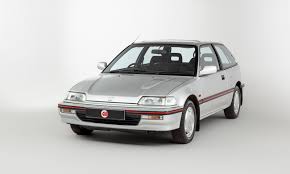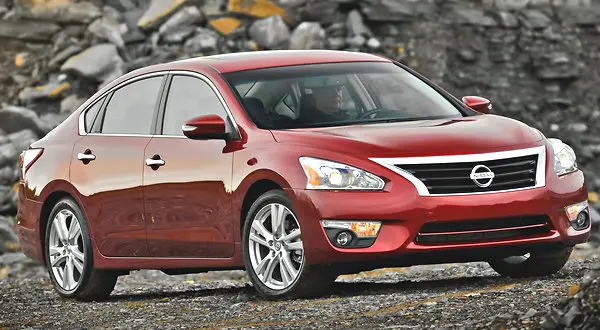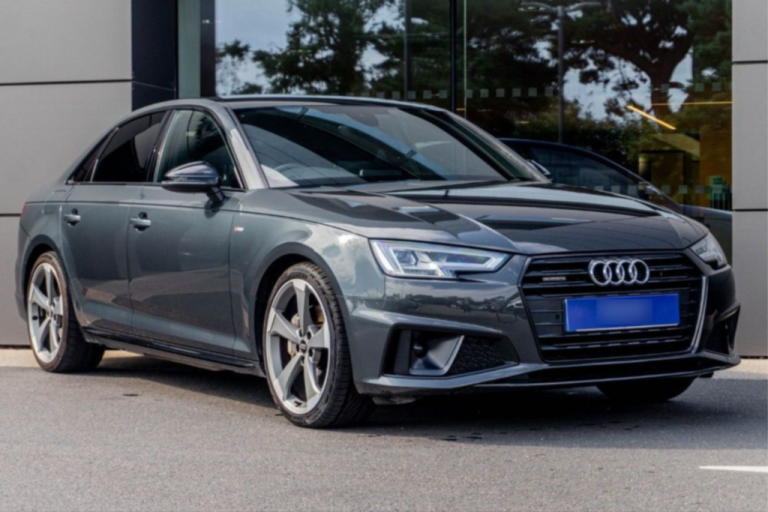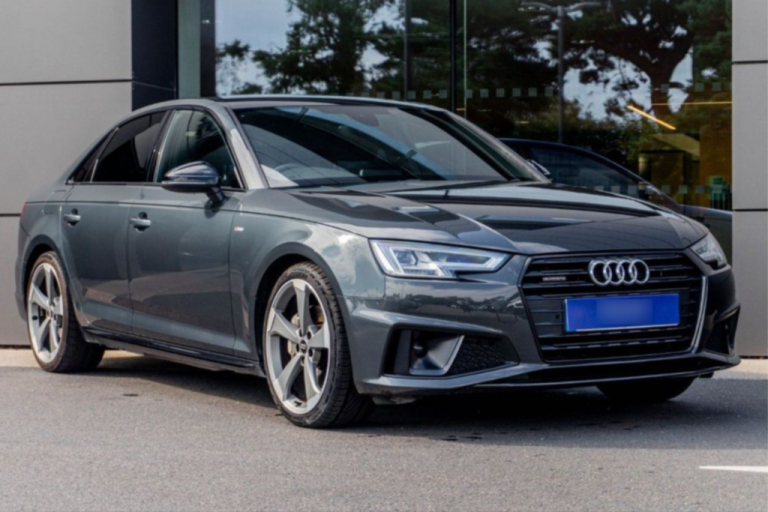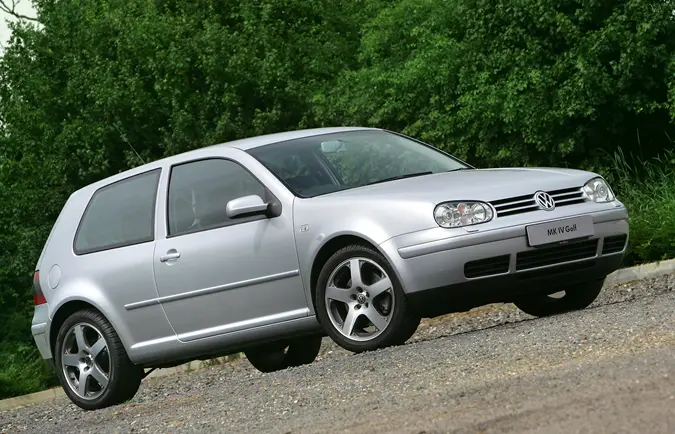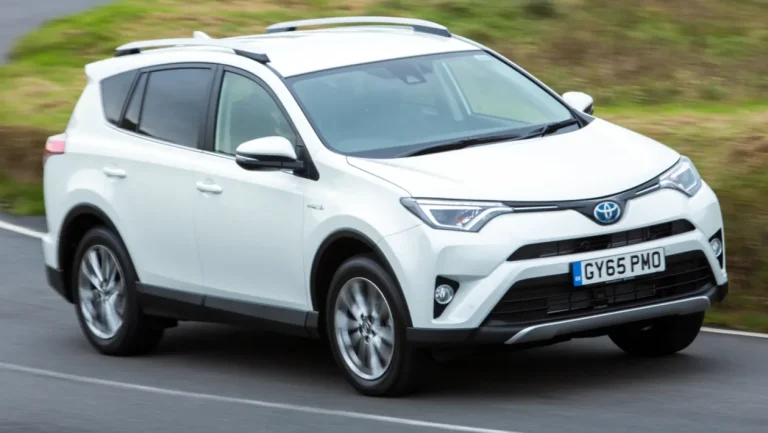Honda Civic EF (1987–1991) – A Classic Blend of Reliability, Performance, and Value
The Honda Civic EF (1987–1991) is one of the most iconic generations of the Civic lineup. Known for its lightweight design, reliable engineering, and fun-to-drive character, the Civic EF has become a beloved classic among car enthusiasts worldwide. From daily commuting to grassroots motorsports, this generation cemented Honda’s reputation for creating practical cars with surprising performance potential. In this article, we’ll explore the Civic EF’s specs, reliability, performance, and overall value, showing why it remains relevant decades later.
Specs of the Honda Civic EF
The Civic EF came in various trims, including hatchback, sedan, and wagon body styles, offering versatility to different buyers. Under the hood, Honda offered multiple engine options depending on the market, ranging from fuel-efficient 1.3-liter carbureted engines to more powerful fuel-injected 1.6-liter units.
- Engines: The standout model was the Civic Si, equipped with the D16A6 1.6-liter SOHC engine producing around 108 horsepower. In Japan, the EF chassis also hosted the legendary B16A engine with Honda’s new VTEC technology, producing 160 horsepower—a game-changer for compact cars at the time.
- Transmission: Buyers could choose between a 4-speed automatic or a 5-speed manual, with enthusiasts favoring the manual for better control and responsiveness.
- Weight: The EF’s lightweight design, with curb weights around 2,000–2,300 lbs, gave it excellent handling and efficiency.
- Suspension: Independent double-wishbone suspension at all four corners provided sharp handling, setting it apart from competitors in its class.
These specifications made the Civic EF not just economical, but also capable of delivering a spirited driving experience.
Reliability of the Honda Civic EF
One of the strongest reasons the Honda Civic EF is still admired today is its legendary reliability. Built during an era when Honda emphasized engineering simplicity and quality, the EF generation has proven itself as a durable daily driver even decades after its debut.
The engines are known for their longevity, often running well past 200,000 miles with basic maintenance. Honda’s use of durable materials and straightforward engineering means that repairs are relatively simple and affordable. Common wear items like timing belts, water pumps, and suspension bushings are inexpensive to replace and widely available.
Even today, parts support for the EF is strong due to its popularity in both restoration and tuning communities. With proper care, the Civic EF continues to be a reliable companion for daily driving, classic car enthusiasts, and hobbyists alike.
Performance of the Honda Civic EF
While reliability made it practical, performance made the Civic EF legendary. For its time, the EF offered handling dynamics that rivaled much more expensive cars.
The double-wishbone suspension provided excellent cornering stability and steering precision, making it popular in motorsports such as autocross, rally, and amateur racing. The Civic Si offered respectable acceleration, while the VTEC-equipped B16A variants in Japan delivered exhilarating high-revving performance that defined Honda’s sporty image in the 1990s.
The EF chassis is also a favorite among tuners. Its lightweight design and compatibility with Honda’s later B-series engines made it a platform for endless modifications. From engine swaps to suspension upgrades, the EF could easily be transformed into a track-ready machine without losing its daily usability.
Even in stock form, the Civic EF delivered a balance of agility, fuel efficiency, and fun that was unmatched in the late ’80s and early ’90s compact car market.
Value of the Honda Civic EF
When considering value, the Honda Civic EF stands out as both an affordable entry into classic Japanese cars and a capable project platform. In its original era, it was an economical car that appealed to students, young professionals, and families alike. Today, its value has shifted more toward enthusiasts and collectors who appreciate its heritage.
Prices for well-preserved Civic EF models are rising, especially for rare trims like the Si or those with the B16A engine in markets where they were available. However, compared to other classic Japanese cars from the same era, the EF remains relatively affordable. Its balance of practicality, performance, and aftermarket support ensures it delivers great value for both driving enjoyment and long-term ownership.
Moreover, the Civic EF has cultural value. It represents the golden era of Honda engineering and played a major role in shaping the tuner and JDM scene that followed in the ’90s and 2000s. This makes it not just a car, but a piece of automotive history.
Conclusion
The Honda Civic EF (1987–1991) remains a timeless symbol of Honda’s dedication to building cars that are reliable, efficient, and fun to drive. With its lightweight chassis, legendary reliability, engaging performance, and excellent value, the EF generation continues to capture the hearts of enthusiasts and everyday drivers alike. Whether you’re looking for a dependable daily, a project car, or a piece of JDM history, the Civic EF is a classic that still delivers on all fronts.
